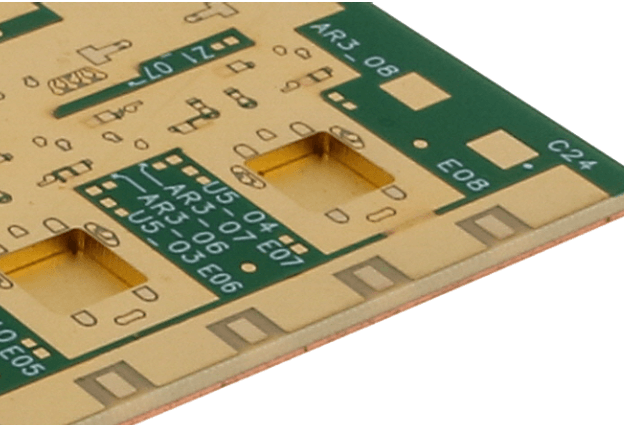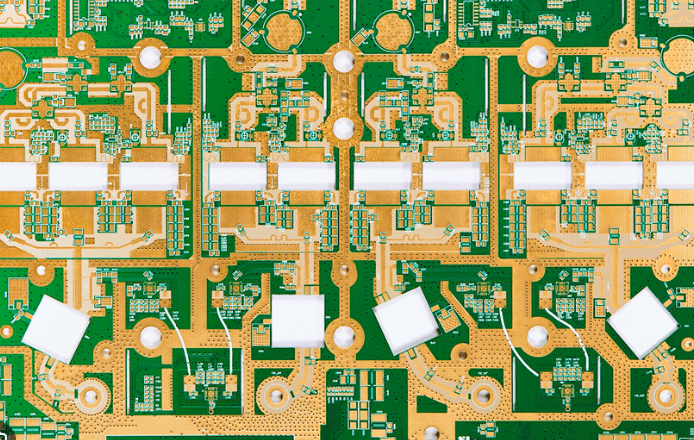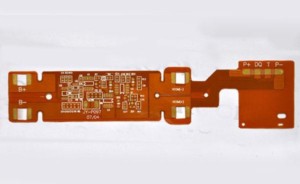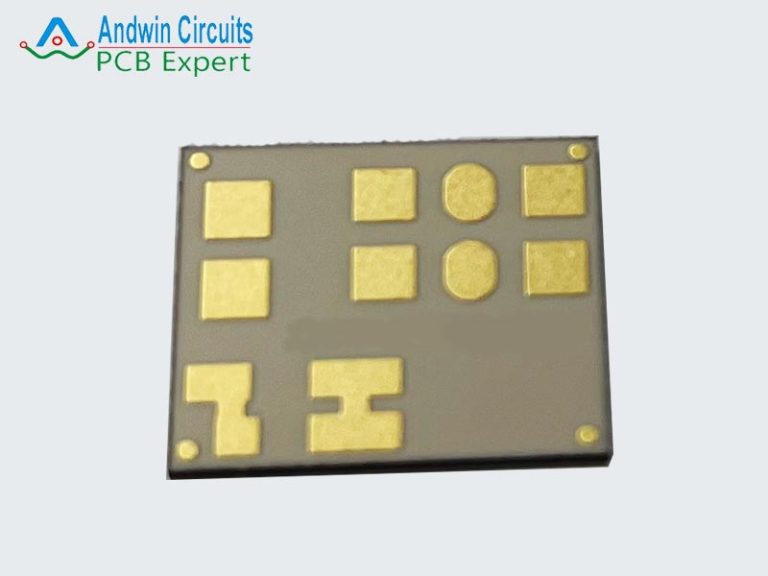High speed interfaces in pcb
High speed interfaces in PCB (Printed Circuit Board) refer to the communication links between electronic components that operate at high frequencies, typically in the range of several hundred MHz to several GHz.
These interfaces are used in various applications such as data communication, video transmission, and high-speed computing.

Some of the common high-speed interfaces used in PCB design include:
1. USB (Universal Serial Bus):
USB is a widely used interface for connecting devices such as keyboards, mice, printers, and external hard drives.
It supports data transfer rates of up to 10 Gbps.
2. HDMI (High-Definition Multimedia Interface):
HDMI is a digital interface used for transmitting high-definition video and audio signals.
It supports resolutions up to 4K and data transfer rates of up to 18 Gbps.
3. PCIe (Peripheral Component Interconnect Express):
PCIe is a high-speed serial interface used for connecting peripheral devices such as graphics cards, network cards, and storage devices.
It supports data transfer rates of up to 32 Gbps.
4. SATA (Serial Advanced Technology Attachment):
SATA is a serial interface used for connecting storage devices such as hard drives and solid-state drives.
It supports data transfer rates of up to 6 Gbps.
Designing high-speed interfaces in PCB requires careful consideration of various factors such as signal integrity,
impedance matching, and noise reduction.
Specialized routing techniques and signal conditioning components such as capacitors and inductors are used to ensure reliable and efficient communication between components.

Where is the high speed interfaces in pcb used?
High speed interfaces in PCB are used in various applications, including:
1. Communication systems:
High speed interfaces are used in communication systems such as cellular networks, Wi-Fi, Bluetooth, and satellite communication.
2. Data storage:
High speed interfaces are used in data storage devices such as hard drives, solid-state drives, and memory cards.
3. Video and audio:
High speed interfaces are used in video and audio devices such as cameras, video recorders, and audio interfaces.
4. Medical equipment:
High speed interfaces are used in medical equipment such as ultrasound machines, MRI scanners, and X-ray machines.
5. Aerospace and defense:
High speed interfaces are used in aerospace and defense applications such as radar systems, avionics, and missile guidance systems.
6. Automotive:
High speed interfaces are used in automotive applications such as infotainment systems, navigation systems, and advanced driver assistance systems (ADAS).
Overall, high speed interfaces are used in any application that requires fast and reliable data transfer.

High speed pcb design online course
1. Udemy:
Udemy is a popular online learning platform that offers a variety of courses, including high-speed PCB design.
The courses are created by experts in the field and are designed to help you learn at your own pace.
2. Coursera:
Coursera is another popular online learning platform that offers high-speed PCB design courses.
The courses are taught by professors from top universities and are designed to provide you with a comprehensive understanding of the subject.
3. LinkedIn Learning:
LinkedIn Learning offers a variety of courses, including high-speed PCB design.
The courses are taught by industry experts and are designed to help you learn the skills you need to succeed in your career.
4. Altium:
Altium offers a range of online courses that cover high-speed PCB design.
The courses are designed to help you learn how to design high-speed PCBs using Altium Designer software.
5. PCB Design School:
PCB Design School is a dedicated online learning platform that offers courses on high-speed PCB design.
The courses are designed to provide you with the skills you need to design high-speed PCBs for a variety of applications.







